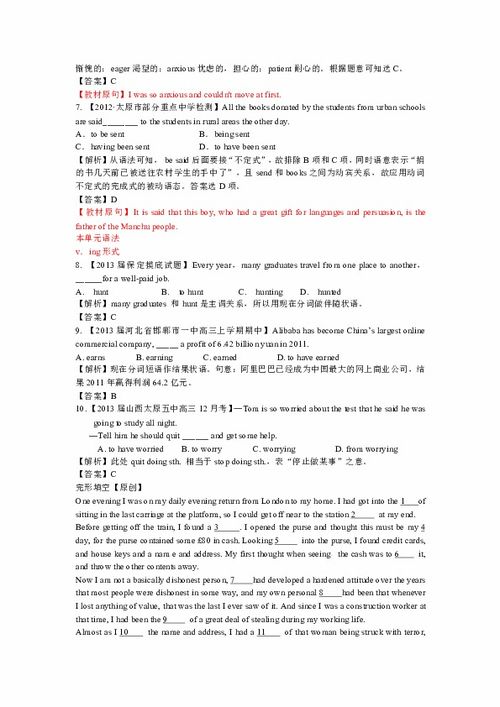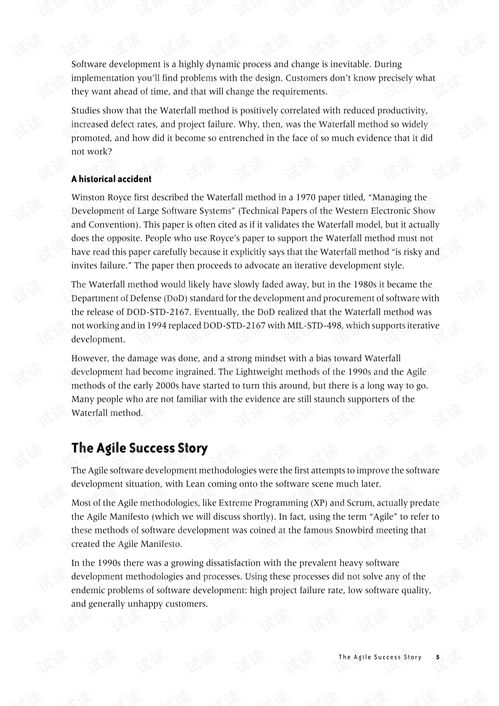Content:
Introduction: Angling has been a beloved pastime for generations, offering both relaxation and the thrill of the catch. Among the myriad of bait options available to anglers, earthworms remain a timeless favorite. Their natural appeal to fish makes them a highly effective choice, especially for beginners. In this article, we will delve into the art of hooking earthworms for fishing, providing you with essential tips and techniques to enhance your fishing experience.
Choosing the Right Earthworms: The first step in using earthworms as bait is selecting the right ones. Look for earthworms that are moist and plump, as they are more likely to attract fish. Avoid earthworms that are dry and brittle, as they may break during the hooking process. It's also important to consider the size of the earthworms. Larger earthworms are generally more appealing to fish, but smaller ones can be more effective in certain situations.
Preparing the Earthworms: Before you start hooking, it's crucial to prepare the earthworms properly. Gently wash them in cool water to remove any dirt or debris. This will not only make them more appealing to fish but also ensure that they remain moist and active. After washing, pat the earthworms dry with a paper towel to remove excess water.
Selecting the Right Hook: Choosing the right hook is essential for successful earthworm fishing. The size of the hook should match the size of the earthworms you are using. For larger earthworms, a size 4 or 6 hook is typically sufficient. If you're using smaller earthworms, a size 8 or 10 hook may be more appropriate. Ensure that the hook is sharp, as a dull hook can cause the earthworm to break or escape.
The Hooking Technique: There are several techniques for hooking earthworms, each with its own advantages. Here are two popular methods:
a) The Jigging Technique: This method involves threading the earthworm onto the hook so that it can move freely. Start by placing the hook through the earthworm's body near the middle. Then, gently push the hook down through the earthworm's body until it emerges from the other side. This allows the earthworm to wiggle and attract fish. Make sure the hook does not go all the way through the earthworm, as this can cause it to break.

b) The Half-Hooking Technique: This method involves hooking the earthworm halfway through its body. Place the hook through the earthworm's body near the head, and then push it through until it emerges from the other side. This technique ensures that the earthworm remains intact while still being able to move and wiggle.
Presenting the Bait: Once you have hooked your earthworm, it's time to present it to the fish. Cast your line out into the water and let it sink to the desired depth. Then, gently twitch the rod tip to make the earthworm wiggle. This mimicry of natural movement can entice fish to strike. If you don't get a bite, try changing your retrieve technique or moving to a different location.
Maintaining Your Bait: As you fish, it's important to keep your earthworms in good condition. If you notice that your earthworms are becoming less effective, replace them with fresh ones. Additionally, if your earthworms start to become dry, dip them in water to rehydrate them. This will help them maintain their natural appeal to fish.
Conclusion: Using earthworms as bait for fishing is a simple yet effective technique that can be mastered by anglers of all skill levels. By following these tips and techniques, you'll be well on your way to hooking more fish with earthworms. Remember to practice patience and persistence, as fishing is an art that takes time to perfect. Happy fishing!












